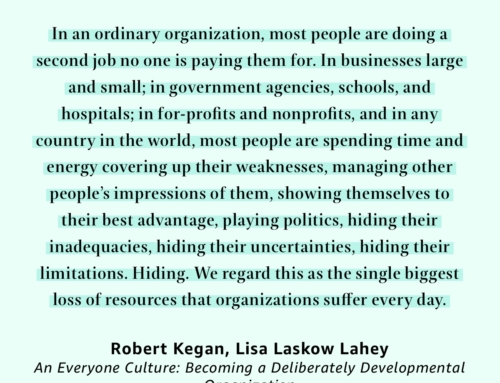LYSSA ADKINSAUGUST 30, 2009
The session I offered on Agile Team Start-up at Agile 2009 went over so well that people stayed after the session to learn one more start-up technique. That’s dedication! In the session, we explored activities that help an agile coach start-up a new team (or kick-start an existing team) through three broad areas:
- Learning about the process(es) to be used
- Learning about the team
- Learning about the work ahead
The deck I used in the session gives you some meat for each of these.
So, how do you get going with your own agile team start-up from these ideas? Here’s a sample facilitator’s guide that might come in handy. Use it as a starting point for designing your own session.
In the session at Agile 2009, we walked through the activities and learning objectives of each of the three areas, experiencing many of the fun and seriously revelationary activities along the way. Here are some resources to help you facilitate these activities.
Learning about the processes to be used: what it feels like to work agile — Facilitating Spaghetti
Learning about the team: first, as a collection of individuals — Constellation Exercise Facilitation Guide, Journey Lines Activity
Learning about the team: goals at multiple levels = What’s in it for me? What’s in it for the team? What’s in it for the company? What’s in it for the world? How to facilitate 35, a good way to quickly create a shared team vision. And, here’s an example of the visual result from the “goals at multiple levels” activity.
Learning about the work ahead: envisioning the product to be created — Wall Street Journal Vision Activity Sheet
Use these to the best of your abilities. Don’t use them when the purpose of them or how to facilitate them is not clear. It is almost impossible to convey how to facilitate team activities using documents and pictures only. That’s why the session at Agile 2009 was important to me. I knew I would be able to teach them fully and have the participants feel them as well as learn them. They are powerful when facilitated well so give them a go and notice your impact. If they didn’t turn out as expected, inspect and adapt. Keep learning and stretching.





